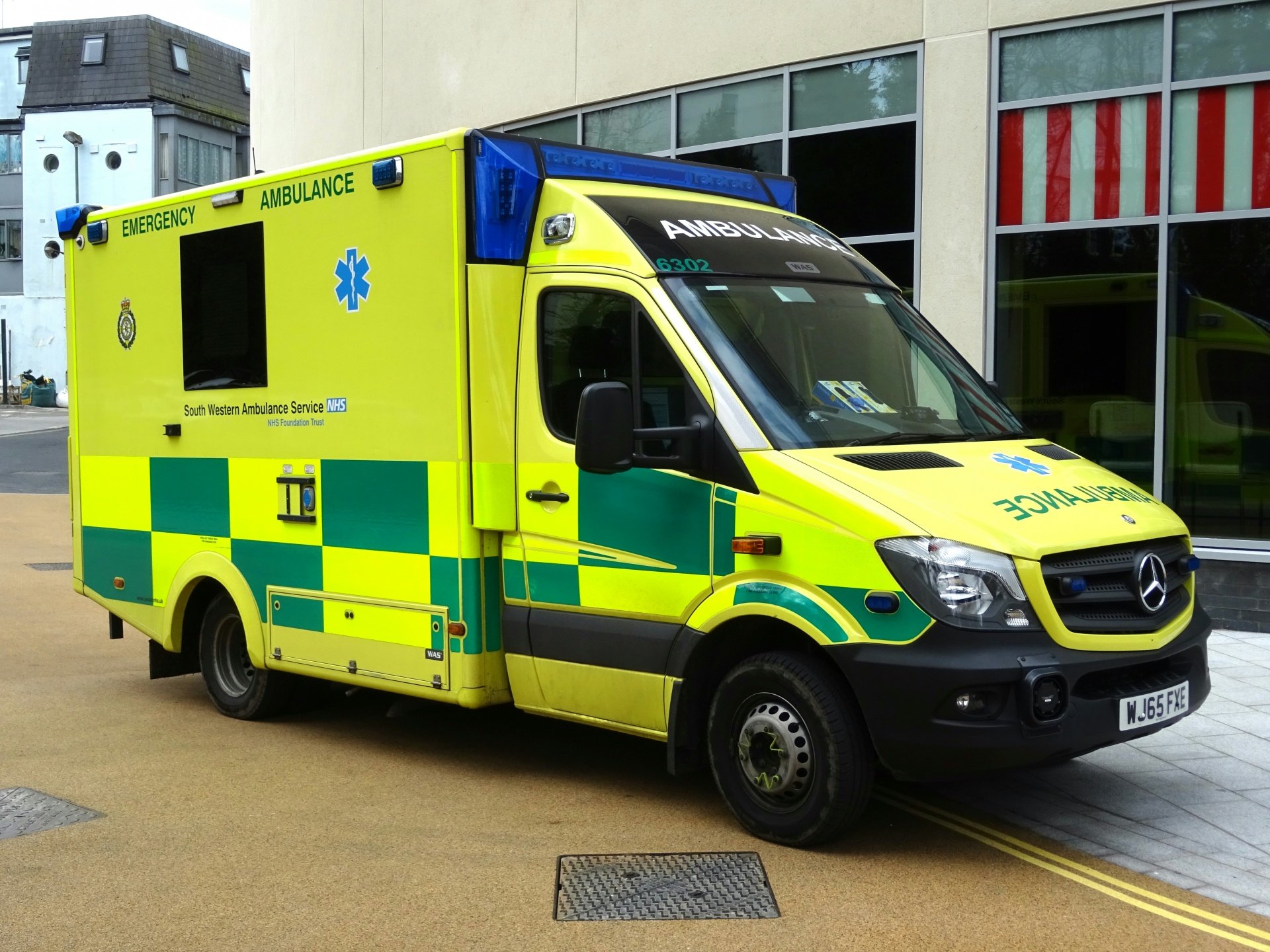Dr. Krishan Yadav is a former Geriatric Emergency Medicine Research Fellow at Université Laval as part of the Canadian Emergency and Trauma Initiative in Elders (CETIe) team led by Dr. Marcel Emond. He is currently an Assistant Professor at the University of Ottawa Department of Emergency Medicine and Associate Scientist at the Ottawa Hospital Research Institute. Here he discussing his Age and Ageing paper Serial Ottawa 3DY assessments to detect delirium in older emergency department community dwellers.
Delirium is a serious cognitive disorder that is associated with prolonged hospitalization, poorer long-term functioning and increased 6-month mortality. In the emergency department (ED) setting, delirium is present in 8 – 17% of all older people. Despite its importance, delirium often goes unrecognized in the ED and can be missed in up to 75% of patients. Some problems are due to the ED environment: overcrowding, lack of privacy, time constraints, noise, and lack of a simple screening tool. An additional problem is that some older people with delirium initially may be delirium-free, only to develop this serious condition during their ED or hospital stay. It is thus critical for emergency physicians to be better equipped to detect delirium.
The ideal screening tool to detect delirium needs to be simple, rapid to perform at the bedside, and require no extra equipment. The Ottawa 3DY (O3DY) is a bedside screening tool that possesses such characteristics. When performing the O3DY, an older patient is asked the following: date, day, dlrow (spell ‘world’ backwards) and year. Any incorrect response is considered a positive screen for cognitive dysfunction. The O3DY has been previously shown to have moderate sensitivity and specificity to detect cognitive dysfunction among ED patients.
Our team investigated whether delirium detection could be improved using serial O3DY assessments. We measured the performance of the O3DY to detect delirium compared to the confusion assessment method (CAM). We also compared serial O3DY testing to physician gestalt. Our findings showed that serial O3DY assessments had a good sensitivity as a screening tool to detect delirium among older ED patients. In addition, serial O3DY testing was superior to physician gestalt. However, we only assessed older adults who were independent or semi-independent and without significant cognitive impairment. Serial O3DY testing may not perform as well in older people with background cognitive impairment. Ultimately, as hospital overcrowding continues to be a serious healthcare issue, serial O3DY testing may be used by emergency healthcare providers to detect delirium among vulnerable older ED patients.
